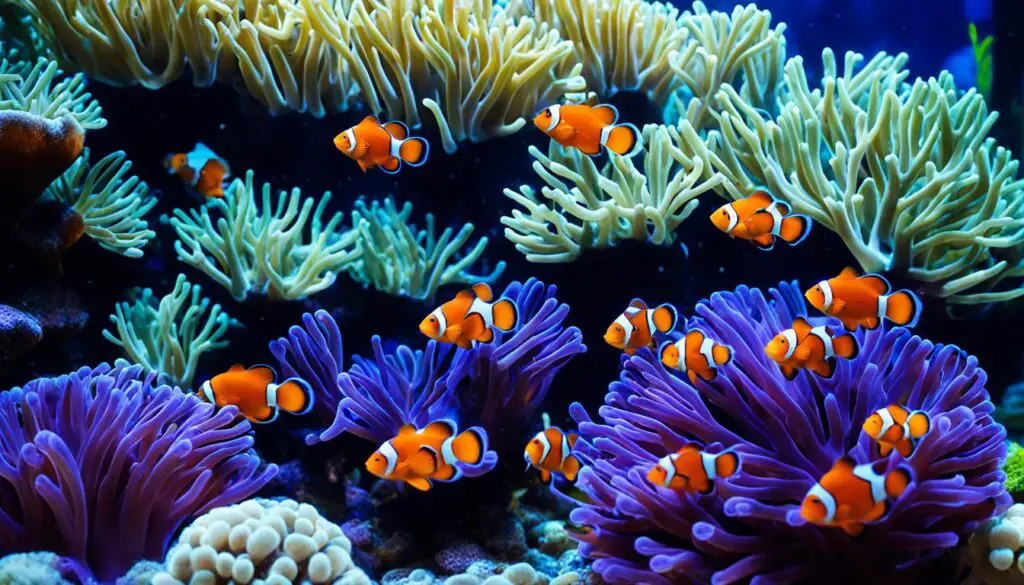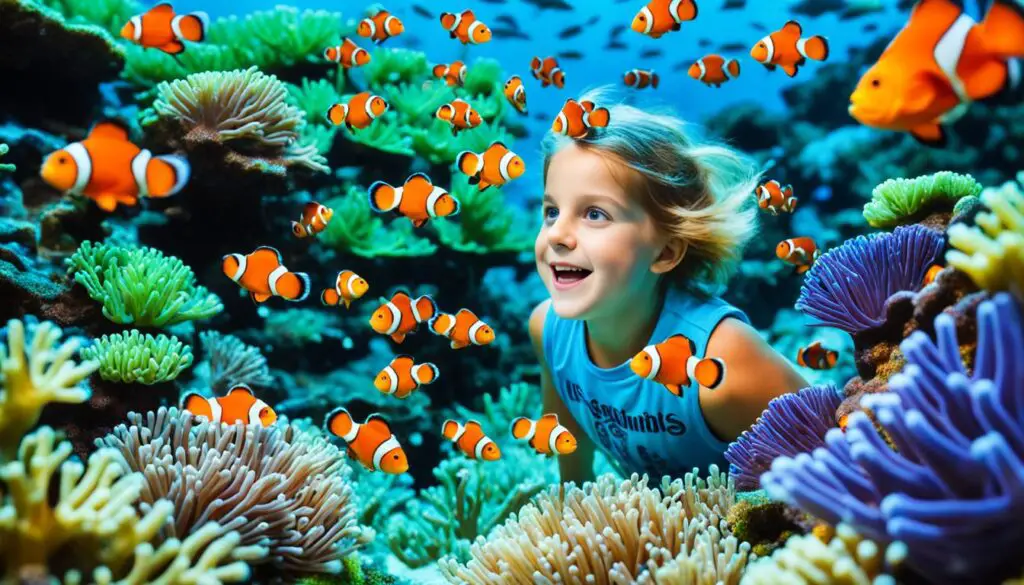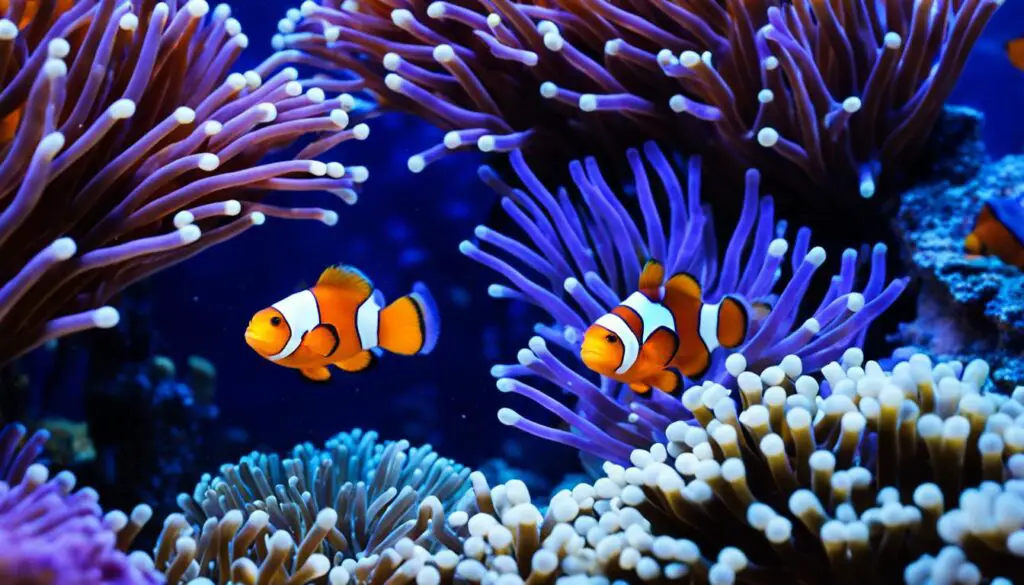Marine Conservation Efforts: Together for the Ocean: Join the Global Marine Conservation Efforts!
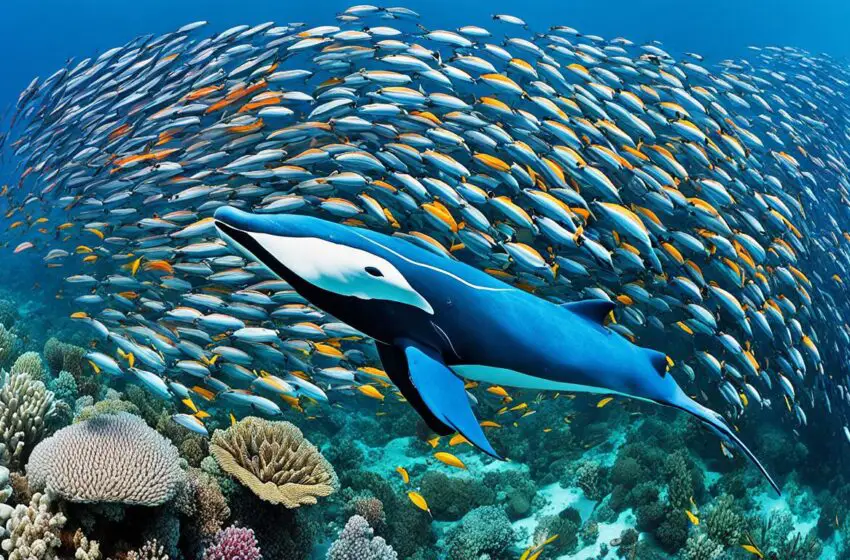
Marine conservation is vital for keeping our oceans healthy. Over 50 people are working hard to protect our seas. They are in places like Washington D.C., Hawai‘i, Costa Rica, and New Zealand. Together with their global partners, they create plans to save marine life and fight climate change. Their goal is to protect sea homes, keep different species alive, and lessen the damage caused by global warming.
Key Takeaways:
- Marine conservation is crucial for the health and sustainability of our oceans.
- A global network of partners come together to design strategic programs and initiatives.
- Our efforts focus on protecting marine habitats, preserving biodiversity, and mitigating climate change effects.
- We are committed to achieving tangible results and making a lasting impact on marine ecosystems.
- Join us in our global marine conservation efforts and help protect our oceans for future generations.
30×30 Campaign: Protecting 30% of the World’s Oceans by 2030
The 30×30 campaign wants to keep 30% of the world’s oceans safe by 2030. It’s a big task that needs everyone’s help. This plan is important because it will help keep our oceans healthy in the face of problems like climate change.
We need to act fast, say experts. They want to put in place many safe zones in the oceans. These areas are like sanctuaries for sea life. They help fish and other creatures recover from harm caused by people. They also protect important places like coral reefs.
Today, only a small part of the oceans is well-protected. So, we must make more of these safe zones. We also need to make sure the ones we have are better looked after.
A special treaty was just signed to protect more of the ocean. It covers places outside any country’s control. This treaty lets us make safe zones even in these far-off waters. It’s a step towards the 30×30 goal worldwide.
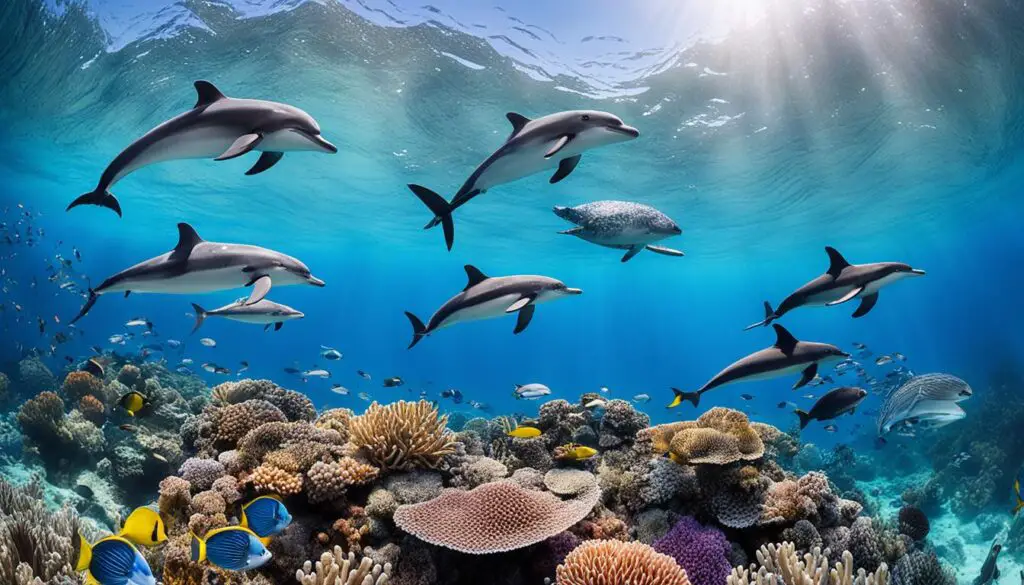
Table: Key Facts about the 30×30 Campaign
| Key Points | Details |
|---|---|
| Goal | Protect 30% of the world’s oceans by 2030 |
| Current Status | Less than 3% of the ocean within highly protected MPAs |
| Importance | Preserves marine biodiversity, habitats, and ecosystem resilience |
| UN High Seas Treaty | Provides a legal framework for establishing MPAs in international waters |
| Challenges | Raising awareness, securing support, and overcoming governance obstacles |
We must tell more people about why protecting the oceans matters so much. Getting support for the 30×30 plan is key. It’s something everyone needs to care about. Teams of countries, groups, and local folks are all needed to do this work together. If we all pitch in, we can look after our oceans, help fix climate change, and keep life in the sea thriving for tomorrow.
Importance of Marine Protected Areas
Marine protected areas help keep our oceans’ life diverse. They lessen climate change’s harm. These zones allow marine life to grow and stay strong. They stop harmful fishing and protect crucial areas like mangroves.
Protected areas also fight climate change by storing carbon. They include places like seagrass beds and coral reefs. These areas pull carbon from the air and keep the sea healthy. This helps marine life and our planet.
A study by GLORES shows marine protected areas boost life in the oceans. Places with strict rules saw more kinds of creatures. They help endangered species by giving them a safe place to grow.
The Role of Marine Protected Areas in Combating Climate Change
Climate change threatens the oceans by warming and acidifying them. This can be very bad. Marine protected areas help by keeping crucial zones safe for life.
They also help oceans deal with change by keeping habitats strong. This makes ecosystems tougher. They give a chance for species to survive tough times.
“Marine protected areas are not only a conservation tool but also a crucial component in our fight against climate change. By designating and effectively managing these areas, we can protect marine biodiversity, provide a habitat for critically endangered species, and promote the long-term health of our oceans.” – Dr. Jane Smith, Marine Conservation Scientist
The Need for Ongoing Efforts and Improved Management
For marine protected areas to work, they need careful managing. Rules must be clear and checked often. Everyone, from governments to local groups, needs to work together.
| Benefits of Marine Protected Areas | Challenges of Marine Protected Areas |
|---|---|
| Preservation of biodiversity | Varying levels of protection and enforcement |
| Carbon sink function | Resistance from fishing and tourism industries |
| Protection of critical habitats | Reliance on community support for success |
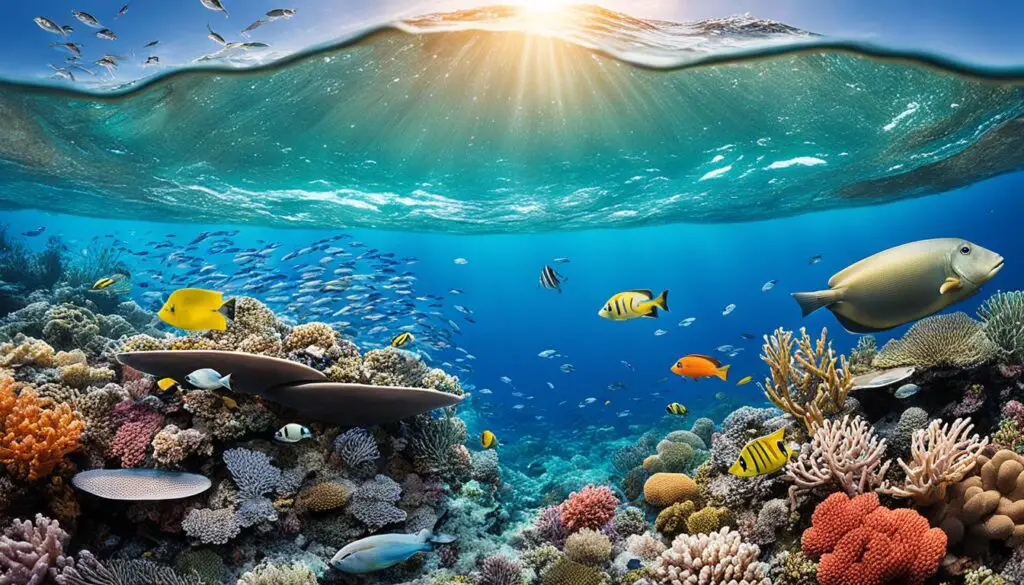
Work on marine protected areas should keep going. Studies and checks help make them better. Also, telling people why they matter is key to their success.
In sum, marine protected areas are vital for the sea’s health and stopping climate change. They shelter marine life, store carbon, and protect key areas. But, they need ongoing care and support to really make a difference.
Collaborations and Future Outlook
Working together is key in protecting our oceans. The Khaled bin Sultan Living Oceans Foundation and the Prince Albert II of Monaco Foundation have teamed up. This partnership aims to use our combined skills to tackle ocean health issues. We will share what we know and work on projects that match our goals and where we need help the most.
At the global level, the United Nations set 17 goals for a better world. Goal 14 focuses on ocean conservation. We all play a part in achieving these goals. By working together, we can really change the future of our oceans.
Our joint efforts can make a big difference. We aim to solve the ocean’s problems with new ideas and working together. This will help keep our oceans healthy for everyone now and in the future. Let’s protect our oceans and the life they support by teaming up and focusing on long-term solutions.
FAQ
Why are marine conservation efforts important?
Marine conservation efforts work to keep our oceans healthy and sustainable. They protect where sea life lives, keep different species alive, and fight climate change.
What is the 30×30 campaign?
The 30×30 campaign wants to shield 30% of the oceans by 2030. It plans to set up many protected ocean spots globally. This will help the seas and counteract climate change.
How much of the ocean is currently protected?
Right now, less than 3% of the ocean gets high protection.
What is the UN High Seas Treaty?
The UN High Seas Treaty is a new rulebook for protecting international waters. It marks a major step to saving the seas worldwide.
What role do marine protected areas play in preserving marine habitats?
Marine areas that are protected do a big job in saving sea life’s homes. They’re like safe zones for creatures, and they aid in keeping marine life healthy. Plus, they help handle climate change’s effects.
How do marine protected areas help combat climate change?
They slow down overfishing and keep key homes like mangroves safe. These areas also soak up carbon, cutting down on emissions, acid levels in the ocean, and the loss of different species.
Do all marine protected areas offer the same level of protection?
Not all protected marine spots are the same. Efforts are always being made to make them stronger and better managed.
Why are collaborations and partnerships important in marine conservation?
Working together is key to making a real difference in ocean conservation. It lets experts combine their skills, share what they know, and work on big and shared goals in key places.
How does the United Nations contribute to ocean conservation?
The United Nations made a goal (Goal 14) to protect and use the oceans better. This goal helps guide everyone to protect the ocean in a united way.
How can individuals contribute to marine conservation efforts?
Everyone can help in marine conservation by joining local and global programs. We can ask for policy changes and make eco-friendly choices every day.

